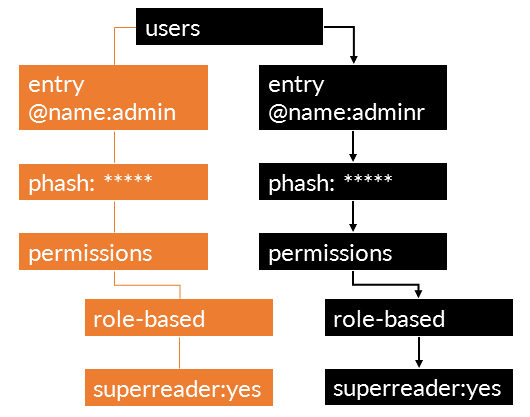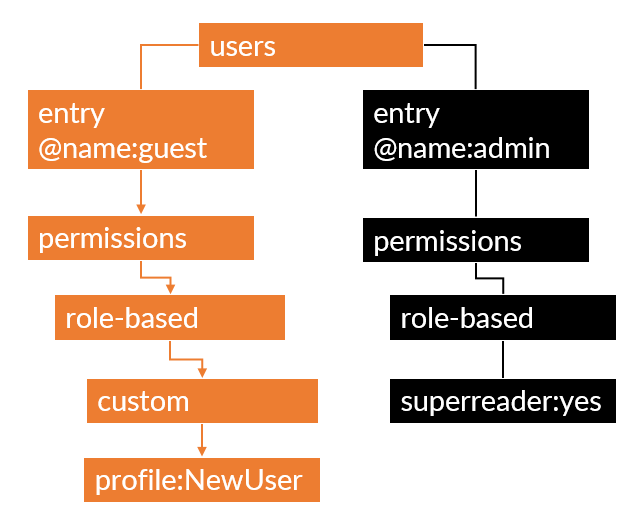XPath Node Selection
Table of Contents
9.1 (EoL)
Expand all | Collapse all
-
- Upgrade a Firewall to the Latest PAN-OS Version (API)
- Show and Manage GlobalProtect Users (API)
- Query a Firewall from Panorama (API)
- Upgrade PAN-OS on Multiple HA Firewalls through Panorama (API)
- Automatically Check for and Install Content Updates (API)
- Enforce Policy using External Dynamic Lists and AutoFocus Artifacts (API)
- Configure SAML 2.0 Authentication (API)
-
- Asynchronous and Synchronous Requests to the PAN-OS XML API
- Run Operational Mode Commands (API)
- Apply User-ID Mapping and Populate Dynamic Groups (API)
- Get Version Info (API)
-
- PAN-OS REST API
- Access the PAN-OS REST API
- Resource Methods and Query Parameters (REST API)
- PAN-OS REST API Request and Response Structure
- PAN-OS REST API Error Codes
- Work With Objects (REST API)
- Create a Security Policy Rule (REST API)
- Work with Policy Rules on Panorama (REST API)
- Create a Tag (REST API)
- Configure a Security Zone (REST API)
- Configure an SD-WAN Interface (REST API)
- Create an SD-WAN Policy Pre Rule (REST API)
End-of-Life (EoL)
XPath Node Selection
There are various ways to specify the XPath for an XML
node in an API request. The simplest is to use the location path
of the resource. For example, to select all users within your management
configuration, use the following path:
/config/mgt-config/users
The above path specifies the following XML node that includes
all users:
<users> <entry name="admin"> <permissions> <role-based> <superuser>yes</superuser> </role-based> </permissions> </entry> <entry name="guest"> <permissions> <role-based> <custom> <profile>NewUser</profile> </custom> </role-based> </permissions> </entry> </users>
Targeting multiple nodes in an XPath using nested elements results
in a successful command, but will not update all of the nodes. To update each node, send the
configuration to each node using multiple successive calls. For
example:
To successfully update each node, target each node individually, for example:/entry[@name='TEST_IKE_PAN']/protocol/ikev1/dpd&element=<enable>yes</enable></dpd></ikev1><version>ikev2-preferred</version></protocol>&/ikev2&element=<ike-crypto-profile>default</ike-crypto-profile></ikev2>&/peer-address&element=<ip>1.2.3.4</ip>
entry[@name='TEST_IKE_PAN']/peer-address&element=<ip>1.2.3.4</ip>
Another method for selecting the XPath for an XML node is to
select the specific node, such as the superuser or NewUser node
within the node shown above. Use XPath syntax similar to the following
to drill-down and select a specific node:
XML Node | XPath Syntax |
|---|---|

|
|

|
|
